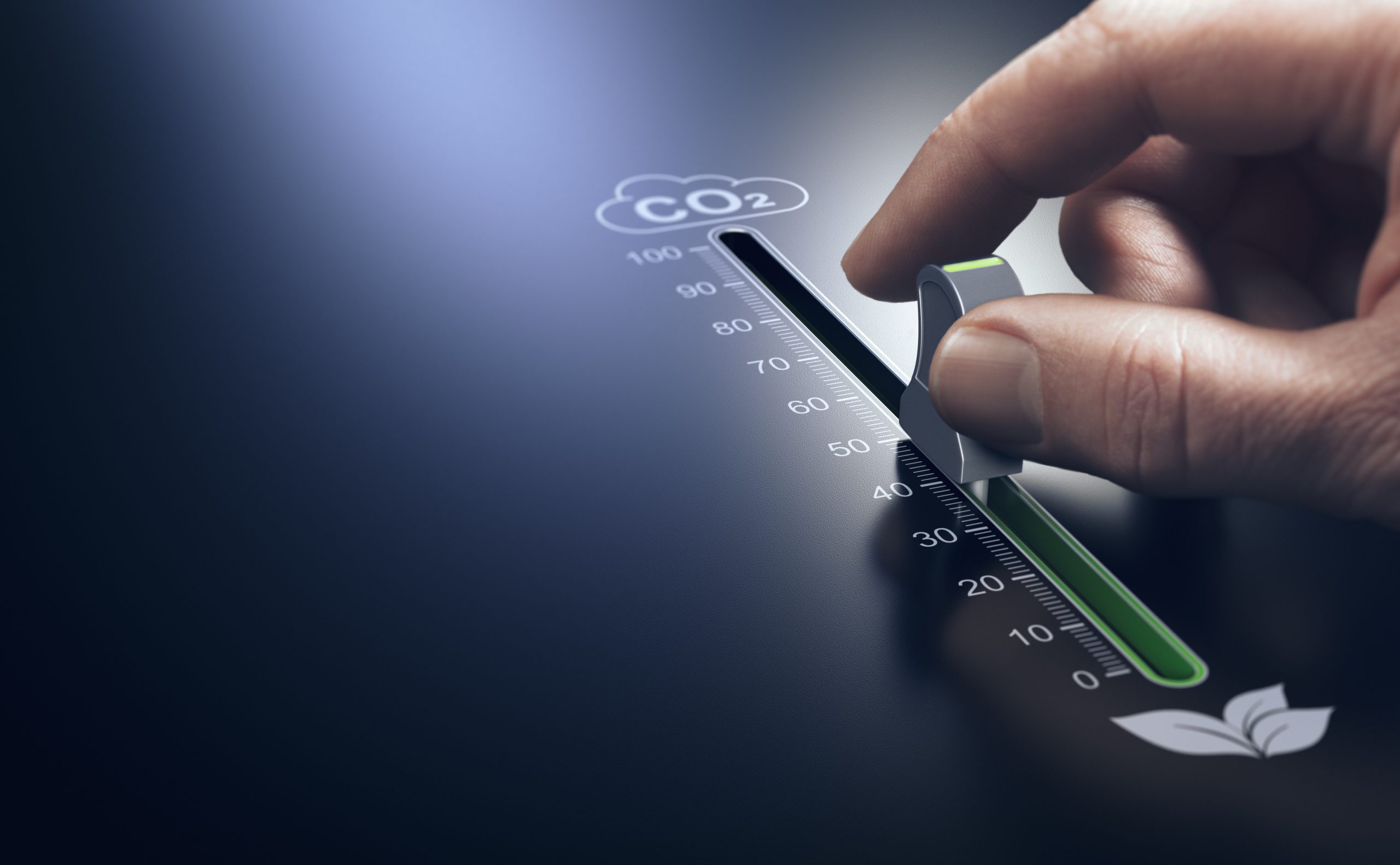The European Commission has recently released a legislative proposal on CO2 emission targets for new heavy-duty vehicles (HDVs). These targets shall reduce CO2 emissions in the road transport sector, where trucks and buses are responsible for 6% of total EU greenhouse gas emissions and for 25% in road transport itself. The aim is to contribute to zero-emissions mobility and the EU’s climate zero pollution objectives.
In a nutshell, the European Commission has proposed a 100% target for the sale of zero-emission buses from 2030 and a 90% target for other heavy-duty vehicles (trucks and coaches) as from 2040.
Stronger CO2 emission standards from 2030
The European Commission has put forward a proposal to introduce stronger CO2 emission standards for new high-duty vehicles, as compared to 2019 levels:
- 45% emission reductions from 2030;
- 65% emission reductions from 2035;
- 90% emission reduction from 2040.
To stimulate faster deployment of zero-emission buses in cities, the Commission also proposes to make all new city buses zero-emission as of 2030.
The proposal covers trucks (above 5 tonnes), city buses and long-distance buses (above 7.5 tonnes) as well as trailers.
It will be for manufacturers to decide which technologies they use to achieve these targets, e.g. electrification, hydrogen fuel cells or hydrogen in internal combustion vehicles. The European Commission is clearly supporting these three technologies, over the use of renewable and low carbon fuels, which according to the Commission shall be redirected to maritime and aviation.
As from 2040 the Commission wants still to allow for production of non-zero emission vehicles intended e.g. for driving in difficult conditions such as very steep mountains. There are also exemptions from the new targets, that shall apply to small volume manufacturers as well as vehicles used for mining, forestry and agricultural purposes; for the use by armed forces and track-laying vehicles; vehicles designed and constructed or adapted for use by civil protection, fire services and forces responsible for maintaining public order, or urgent medical care as well as vocational vehicles, such as garbage trucks. These vehicles will not be counted towards the average specific CO2 emissions of manufacturers.
Benefits of stronger CO2 emission standards
The European Commission is estimating, that with these new standards, the demand for fossil fuels, mostly oil products such as diesel will decrease by around 2 billion barrels of oil over the period 2031 to 2050.
Moreover, the Commission is arguing, that stronger CO2 standards will provide benefits for transport operators and users in the form of lower fuel costs and cost of ownership of the vehicles. The total cost of ownership for first users of a new heavy-duty vehicle is expected to reduce significantly: with savings on average around 9,000 € for a vehicle purchased in 2030 and 41,000€ for a vehicle purchased in 2040.
These new standards will also lead to improved air quality, notably in cities as well as will support the European clean tech industry and boost international competitiveness.
Feedback from the market
Word Road Transport Organization (IRU) has welcomed many aspects of the European Commission proposal, however it has also signalled its concerns about vehicle technology restrictions. Hauliers are calling for more pragmatism from lawmakers in the coming legislative process. According to IRU, by accepting the continuity of internal combustion engine for HDVs the Commission has taken a positive turn in recognising the fundamental differences in technology between trucks and cars. However, in order to meet the targets legislators need to ensure, that carbon-neutral fuels are given a chance to remain on the market and to be used.
A similar position is taken by EBB (European Biodiesel Board), representing biofuel producers in Europe. EBB believes, that the Commission fails to fully recognize the decarbonisation potential of renewable biofuels, which are crucial to achieve the Green Deal targets. Yet, by setting a 90% emissions reduction target for 2040, the Commission seems to leave a long-term role for the internal combustion engine, which could be powered by CO2 neutral fuels like biodiesel.
Targets proposed by the Commission have been criticized by vehicle producers as “too much and too soon” for the automotive sector. The European Automobile Manufacturers’ Association called the 2030 targets highly ambitious and underlined, that they would also require an ambitious agenda to put in place charging network and carbon pricing framework.
On the other site a clear absence of a ban on internal combustion engine for HDVs has been criticised by green groups such as Transport & Environment and the European Clean Trucking Alliance. Transport & Environment wants a 2035 end date for combustion engine while ECTA is calling for a target “as close as 100% in 2035”.
Summary
Unlike, in case of cars and vans, the European Commission did not propose an end date for production of HDVs with internal combustion engine. However, according to Commission proposal, non-zero emission vehicles shall account only for 10% of CO2 emissions after 2040 and would be allowed in special circumstances.
The proposal has been sent to the European Parliament and to the Council, which will now start the legislative process. It will still take months (ideally not longer than till spring 2024), before we get to know the final result and binding targets to be applied in the future.
Taking into account different positions presented by stakeholders the legislative process will be difficult and lengthy.
















